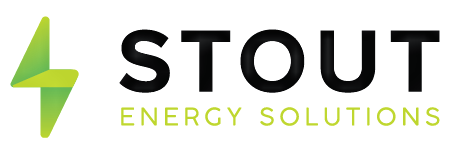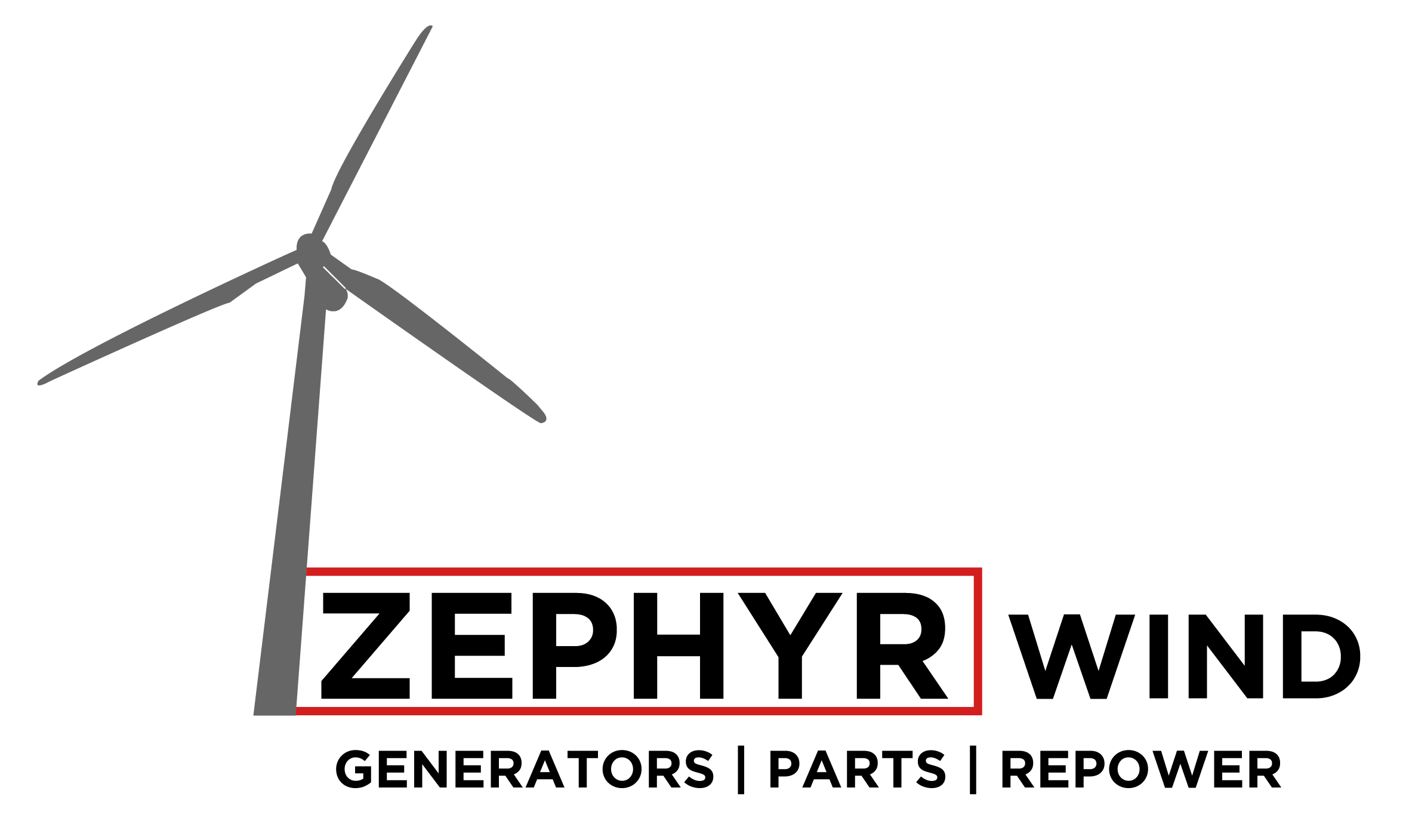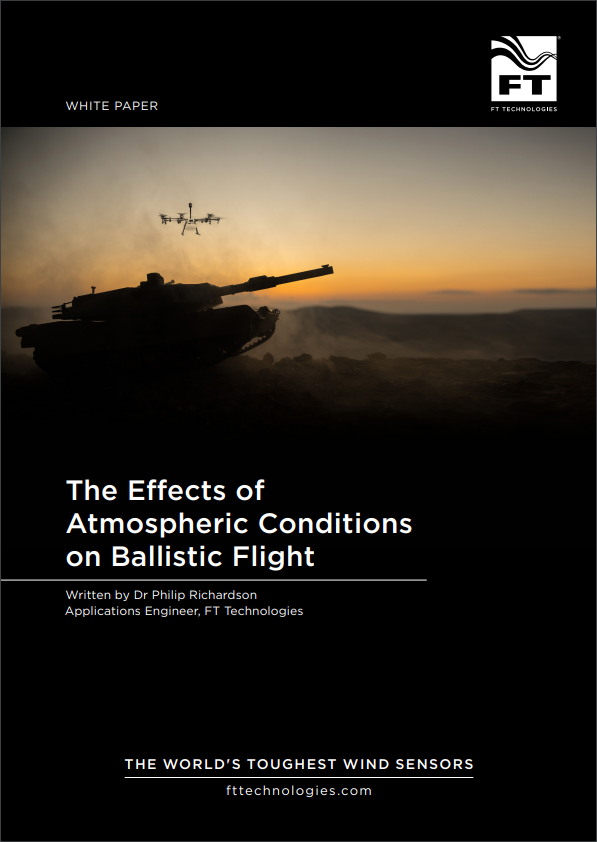Surviving severe winter icing events at the Izaña Atmospheric Research Centre (IARC).

Image: Virgilio Carreño, AEMET
Background
Situated 2,367 metres above sea level on the slopes of Mount Teide on Tenerife, in the Canary Islands, is the Izaña Atmospheric Research Centre (IARC). Enjoying clean air and pristine skies its powerful telescopes and meteorological measuring equipment contribute data to Spain’s Meteorological Agency and the WMO Global Atmosphere Watch.
The climate at IARC is extremely dry most of the year. However, in winter, the thermal inversion layer is weak and some days it even disappears or is found above the IARC altitude, resulting in fog and spectacular hoarfrost events. Strong winds and thunderstorms are also frequent.
In January and February of 2018 there were a series of heavy icing incidents (“cencelladas”) at the site. Temperatures dropped to -14ºC and, combined with 70kph winds and 100% humidity, the observatory’s vast range of measurement equipment was frozen solid with a thick, rime ice.
In the video below, the FT742-DM ultrasonic wind sensor, which can be seen at 0:20 seconds, is the only piece of equipment that remained working.
Results
The FT742-DM, with the heating set at 15ºC, was the only wind sensor to survive the winter.
Speaking about the conditions, the CEO of the meteorological equipment supplier Sieltec Canarias said:
“The FT wind sensor was the only one to survive – and I mean survive in all senses of the word. Of the four other wind measurement devices sited there, the two mechanical anemometers completely broke apart and the other two ultrasonic wind sensors were so badly damaged they stopped working altogether. The FT sensor, however, remained ice-free and continued giving measurements, and that was one of the worst icing events we have ever seen at the observatory.”
Cesar Lopez, CEO, Sieltec Canarias














